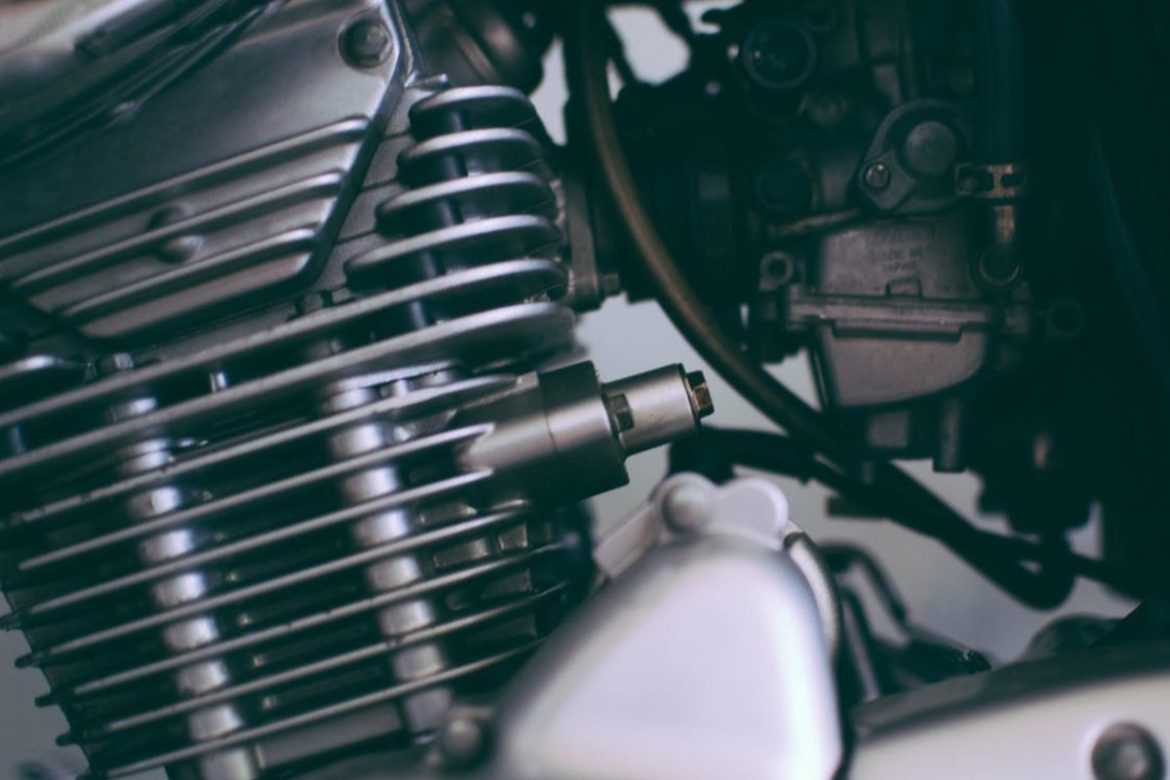A linear actuator is crucial in various industries and applications, enabling precise and controlled linear motion. From manufacturing processes to robotics and automation, linear motion actuators are essential components that convert rotational motion into linear motion. Let’s delve into the importance of the different types of linear motion actuators and their diverse applications, highlighting their significance in modern technology.
Table of Contents
Electric Linear Actuator
They are widely utilized for their versatility and ease of use. Electric motors power them and offer precise control over linear motion. These actuators are available in various designs, each suited for different applications. They include:
- Ball Screw Actuators: Featuring a threaded rod and ball bearings, ball screw actuators convert rotary motion into linear motion with high precision and efficiency. They are commonly used in industrial automation, CNC machines, and robotics, where accuracy and repeatability are vital.
- Lead Screw Actuators: Lead screw actuators employ a threaded rod and nut mechanism to achieve linear motion. They are often chosen for applications that require moderate precision and load capacities. Lead screw actuators find applications in medical devices, home automation, and solar tracking systems.
- Belt-Driven Actuators: Belt-driven actuators use a belt and pulley system to convert rotational motion into linear motion. They are known for their high-speed capabilities and smooth operation. Belt-driven linear motion actuators are commonly used in packaging machinery, 3D printers, and automated handling systems.
Hydraulic Linear Motion Actuators
They are renowned for their superior force capabilities and ruggedness. These actuators utilize hydraulic fluid to generate linear motion, making them suitable for heavy-duty applications requiring high force.
Hydraulic actuators are commonly used in construction equipment, automotive manufacturing, and aerospace applications, where they can withstand heavy loads and extreme environments. Their ability to generate substantial force and maintain position under heavy loads makes them indispensable in demanding industrial settings.
Pneumatic Linear Motion Actuators
They are widely used in various applications due to their efficiency and lightweight design. These actuators utilize compressed air or gas to generate linear motion, making them suitable for tasks that require rapid and forceful movement.
One of the key advantages of these actuators is their high power-to-weight ratio. They are lightweight and compact, making them easy to install and integrate into different systems. This characteristic is particularly beneficial in applications with critical weight and space constraints, such as robotics, the automotive industry, and aerospace applications.
Another notable advantage is their efficiency. Compressed air or gas can be easily generated and stored, making them a cost-effective choice for actuation. Pneumatic systems can provide high force outputs with relatively low energy consumption, allowing for efficient operation and reduced operational costs.
Piezoelectric Linear Motion Actuators
These actuators utilize the piezoelectric effect to generate precise linear motion. They are known for their exceptional precision at the nano-level, making them ideal for applications where fine positioning and accurate control are crucial.
The piezoelectric effect is the ability of certain materials to generate an electric charge when subjected to mechanical stress. In the case of the piezoelectric actuator, this effect is harnessed to convert electrical energy into mechanical motion. When an electric field is applied to the piezoelectric material, it deforms, resulting in linear displacement.
The nano-level precision offered by piezoelectric actuators is achieved through their inherent characteristics. They can provide minimal displacements in the sub-micrometer range, enabling highly accurate positioning. This level of precision is invaluable in fields such as microscopy, semiconductor manufacturing, optical systems, and nanopositioning applications.
Piezoelectric actuators offer advantages, including high response speeds, direct drive capabilities, and excellent dynamic performance. They operate silently and with minimal vibration, making them suitable for applications where mechanical noise or disturbances must be minimized.
Final Thoughts
Linear motion actuators are indispensable components that enable controlled linear motion in many applications. Electric linear motion actuators provide versatility and precise control, while hydraulic actuators offer superior force capabilities for heavy-duty tasks. Pneumatic actuators excel in applications that demand efficiency and rapid response times. By understanding the importance of different linear motion actuators and their unique characteristics, industries can select the most suitable actuator for their specific application requirements. As technology advances, linear motion actuator will play a vital role in powering innovation and driving progress across various sectors.


